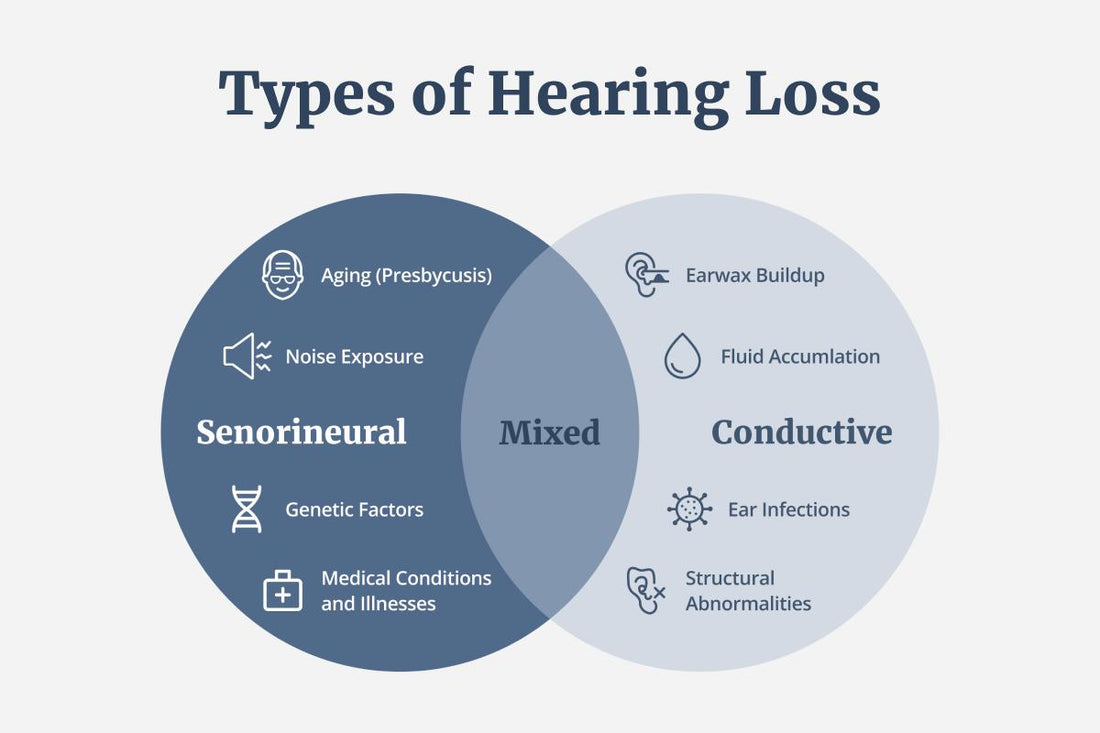Three Types of Hearing Loss
By Jillian Morency, Teacher of the Deaf
When we have a student in our classroom with hearing loss we may have a lot of questions. We want to know as much as possible so that we can be as helpful as possible to our students. As teachers, curiosity and a love of learning are in our blood! For the next few months, we will discuss a series of brief overviews of some of the most common questions about hearing loss. You are always welcome to contact your local Equalize Teacher of the Deaf and Hard of Hearing if you have further questions or concerns about hearing loss in your classroom. We are happy to help!
During an IEP meeting, we may see many medical terms come up… but what do they really mean? Please see below for a brief summary of each type of hearing loss as well as some resources that are available to provide some more in-depth information.
Sensorineural Hearing Loss
This is the most common type of hearing loss. It occurs when there is damage to the inner ear, or the auditory nerve itself. Most often, it results from damage to the hair cells within the cochlea. The cochlea is a small snail or shell-shaped spiral cavity within the inner ear, which contains the organ of Corti. The cochlea receives auditory input through vibrations and converts it into nerve impulses which are then sent to the auditory nerve to the brain. If there are damaged hair cells within the cochlea, it may be beneficial to use a cochlear implant to “replace” those hair cells and convert the auditory messages to transmit to the auditory nerve (John’s Hopkins Medicine).
Sensorineural Hearing loss can affect people of any age. It may be due to an inherited condition, loud noise exposure, certain diseases or injuries and may even come along with age. A person with sensorineural hearing loss may benefit from the use of hearing aids, or cochlear implants (John’s Hopkins Medicine).
Sudden Sensorineural Hearing loss can occur without known cause or due to certain viral infections, trauma to the head, blood clots, certain medications (known as ototoxic drugs), Meniere’s disease or autoimmune disorders. Its symptoms may include ringing in the ears, ear pressure or feelings of “fullness” in the ear and dizziness. If a person you know is experiencing these symptoms it is very important to get them to an otologist as soon as possible, if left untreated for two weeks or more, the change in hearing may be more likely to become permanent (National Institutes of Health).
Conductive Hearing Loss
This type of hearing loss occurs in the Outer and/or Middle Ear. It may be due to a malformation or absence of the outer ear at birth, known as microtia. It also may be due to a malformation or absence of the ear canal at birth, known as aural atresia. These two conditions often occur simultaneously.
With conductive hearing loss, the sound waves are blocked in some way from accurately reaching the cochlea. It may occur temporarily due to excess impacted ear wax or a foreign object inserted into the ear canal. It may be caused by fluid in the ear or infection. There may also be an issue with the bones in the middle ear which interact with the eardrum. In many cases, surgery or medical intervention can treat some of these causes. In cases of atresia and microtia, there is a surgery available to reconstruct the outer ear or to create/expand the ear canal. Less invasive options are also available through the use of a bone conduction hearing aid (BAHA), which can bypass the outer ear and canal to transmit sound vibrations to the middle ear and can be worn using a headband or be surgically implanted. A Bone Anchored Hearing System, or BAHS can also be used (Parkes IV MD, William).
Mixed Hearing Loss
Mixed Hearing loss occurs when a person has both sensorineural hearing loss as well as a conductive hearing loss impacting the outer or middle ear.
If you are interested in learning more about the types of hearing loss you can check out my sources through:
hopkinsmedicine.org, Types of Hearing Loss, 3/12/25
https://kidshealth.org/en/parents/aural-atresia, Aural Atresia, 3/12/25
https://www.nidcd.nih.gov/sites/default/files/Documents/health/hearing/Sudden-Deafness.pdf, Sudden Deafness, 3/12/25
-------------------------------------------------------------------------------------------------------------
Image Source:
www.hiorka.com, [July 6, 2020], [https://www.hiorka.com/blogPage/causes-and-types-of-hearing-loss?srsltid=AfmBOopj5qfH-YUW6xvPT2Rpf-lVNZXy3jehsDAkhytzfPsGxIt2HXHH], [March 14, 2025]

